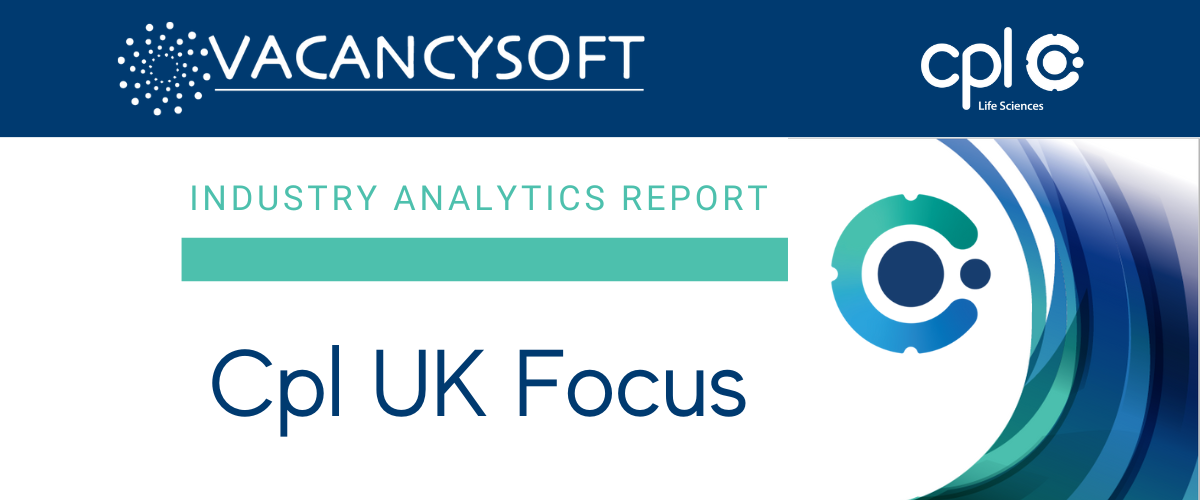The global life sciences industry is expected to reach >$2 trillion in gross value by 2023 (approximately $1.6 trillion today). Given its importance to the innovation economy in the UK and its potential for growth there are few, if any, sectors more important to support as part of the industrial strategy. It is vital that the underlying UK policy and regulatory landscape continues to incentivise investment at a time when industry is dealing with the challenges presented by the Covid-19 pandemic and Brexit. Strengthening our R&D system, attracting and developing top research talent, unlocking investment from the private sector and utilising R&D funding to support levelling up across the UK is now more crucial than ever. There is so much at stake currently and in the UK, as political uncertainty continues, global financial pressures prevail, and we enter a period that sees the world under varying degrees of financial uncertainty, the current stakes for the life sciences industry in the UK seem uncertain and high.
If we reflect on 2021/2022 from a “live active jobs” perspective, we have also seen differing sectors of the UK life sciences industry undergo change. Much of this driven by the dramatic effect of the global pandemic and changing technologies. Currently the forecasts are still predicting the requirement for 133,000 new workers for jobs being created by 2030. This stems from a mixture of newly created roles and individuals retiring from industry. Around two-thirds of these positions will be required for R&D and manufacturing. Regarding performance, last year was record-breaking for UK’s pharma and biotech sectors after a slowdown in 2020. As 2022 progresses, it is evident that vacancies are still growing, but in a minor capacity than in 2021.
In 2022 scientific vacancies saw 9809 jobs between January and August, a significant number considering it surpasses 2020’s results. We forecast 14,714 vacancies by the end of the year, which means an insubstantial decrease year-on-year of -0.33% compared to the 14,762 totals from 2021. This represents a considerable difference from 2021’s 64% year-on-year growth. The most significant change occurred from May to June, when scientific positions experienced a dip of -27% month-on-month, with vacancies dropping from 1335 to 974. To highlight some of the key sectors we have seen a 10% growth in 2022 v 2021 in QA roles, but a continued decline in Medical Affairs over the same period of -16%. Bods & Proposals has this year seen a significant surge in growth of roles at 42% versus 2021. PV & Drug Safety saw an unprecedented 92% growth in roles in 2021 but coming into 2022 we have seen a decrease in these live roles by 34%.
The UK of course has its own pretty unique set of challenges as they still navigate a post Brexit landscape and ensure the UK can still attract and gain visas for life sciences best talent. They must also step up and ensure new to industry graduates are getting trained and developed in the numbers required across STEM. After peaking in 2021, venture funding to biotech start-ups slowed in 2022, with investment on pace to come in at least a third lower than last year’s levels. Venture capital firms are now more selective in their biotech investments for 2022 compared to 2021. Watching this emerging landscape will be interesting as we enter 2023 and the impact of global financial instability. The UK has an exceptional science base. The hope is as the current and potentially new governments in the coming years continue to recognise the importance of investment, regulation and the long term need to both protect and support this critical industry.
For the full report click here
Yvette Cleland - CEO | Cpl UK
